当心这些“坑”!阿里云服务器部署前后端分离项目
前言
Hi,大家好,我是麦叔,今天给大家带来使用阿里云服务器部署*
阅读完本文章,你会掌握利用做代理和跨域处理,如果在两台服务器部署前后端分离项目。如果以后有需要,建议收藏,真的会少踩很多坑.
一 你需要准备?
在这里交代一下我的环境
两台阿里云服务器:服务器A部署前端项目 服务器B部署后端项目
vue 2.6.10
Spring Boot 2.2.4.RELEASE
二 项目打包
2.1 前端项目
我们的前端项目使用开发,在前端项目的文件中,一般都会定义用于打包的脚本
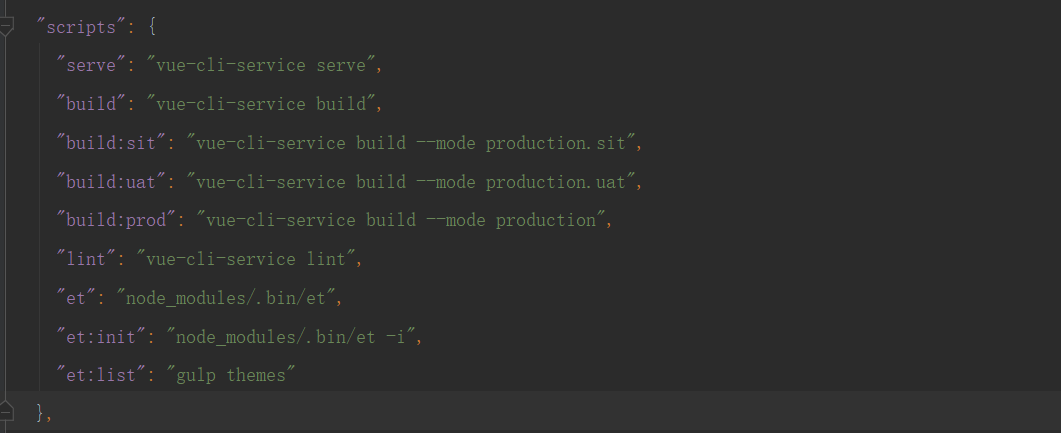
在我们开发工具的控制台输入命令进行打包

当我们打包完成之后,会在我们项目目录下出现目录,里面存放的就是我们打包出来的文件
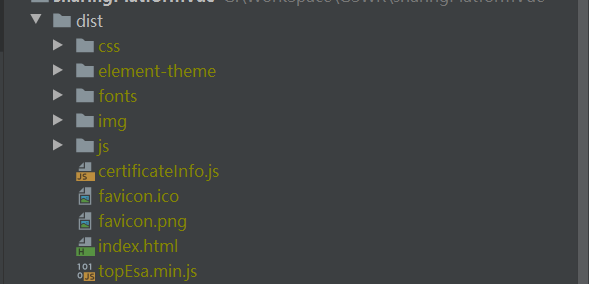
2.2 后端项目
我们后端项目采用+开发,请**注意**要在父级项目()下依次执行->就能成功打包

打完包的文件位于目录,文件就是我们要部署的
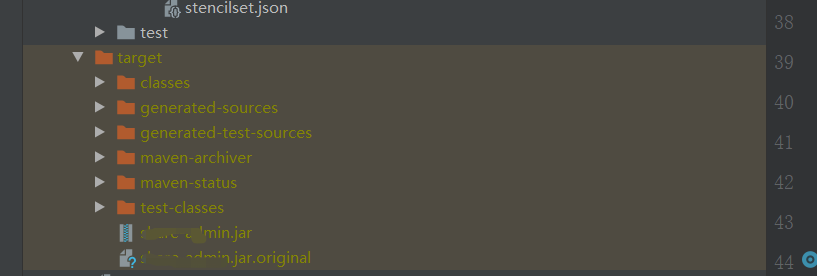
三 项目部署
我这里采用阿里云服务器进行部署,会将前端项目和后端项目部署到不同的服务器,通过进行代理和跨域处理
| 服务器 | 部署项目 | 环境 |
| ------- | -------- | ------------ |
| 服务器A | 前端项目 | |
| 服务器B | 后端项目 | |
因为除了以为,其他环境搭建不是我们本文重点,如果你的服务器第一次部署项目,预计还需要安装 等环境
3.1 开启ECS服务器端口
首先,登录阿里云进入云服务器控制台,点击安全组---->配置规则
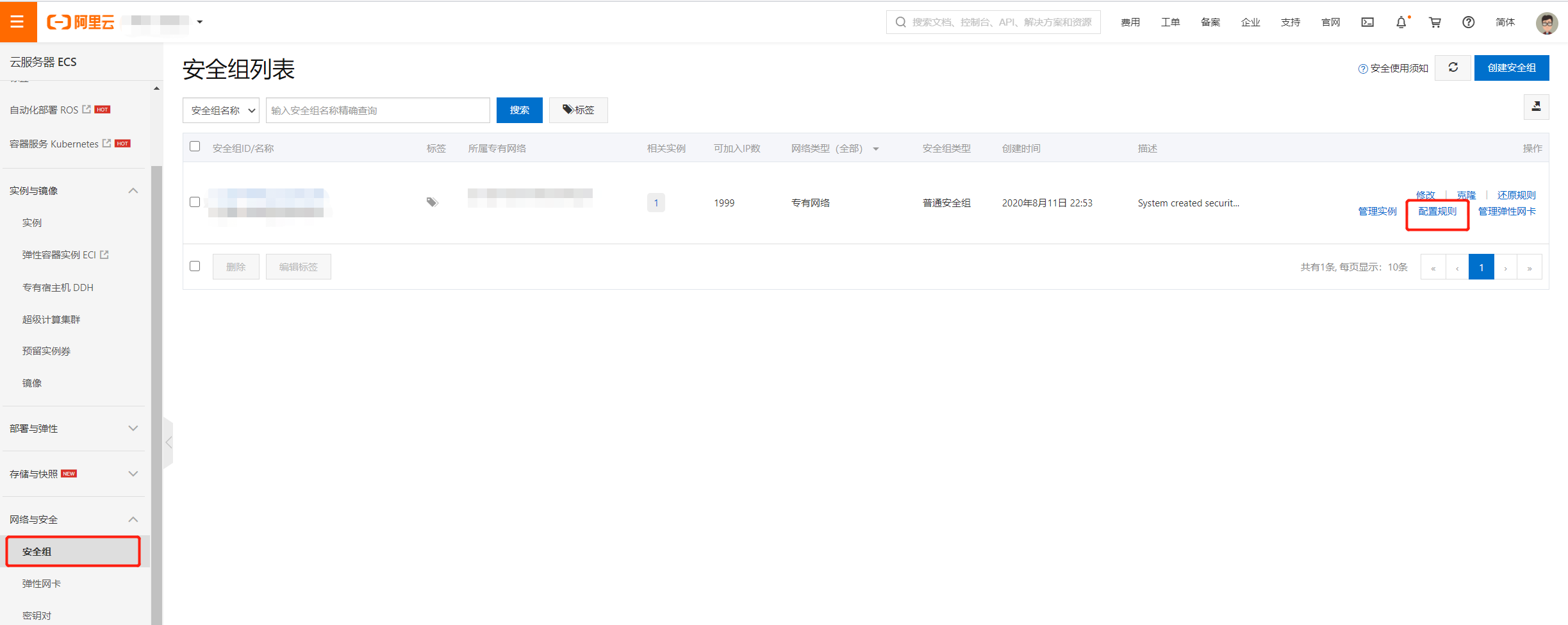
大家点击手动添加添加规则即可:大家可以仿照填写我下面那个红框配置即可

为什么需要开启端口?
因为我待会要装的的监听端口需要配置为,阿里云服务器需要在后台开启才可以,不然nginx无法监听
3.2 Linux 下nginx的安装
服务器A和服务器B都需要安装,主要用作项目代理.大家参考我的另一篇文章
3.3 部署前端项目
登录服务器A,新建一个文件夹,一般我是在根目录下新建目录,在目录按项目名区分,比如:将打包的前端项目目录上传即可
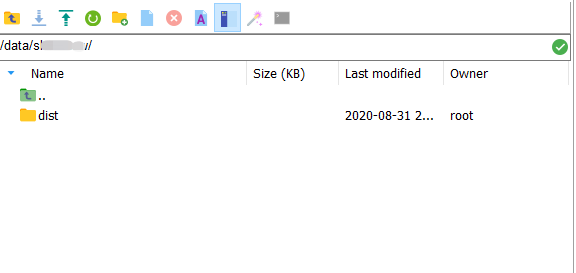
服务器A中配置,监听端口号就是刚刚我们开启的
大家在使用时候,需要更改的地方为 后面的绝对路径
server {
listen 8081;
server_name localhost;
#charset koi8-r;
#access_log logs/access.log main;
location /web {
alias /data/milogenius/dist;
index index.html;
}
}
注意:服务器A只需要配置前端项目代理就行,后端项目代理不需要配置,因为在前后端项目部署在不同的服务器,在前端项目请求后端接口,不走前端服务器
3.4 部署后端服务
登录服务器A,新建一个文件夹,一般我是在根目录下新建目录,在目录按项目名区分,比如:将打包的后端项目包上传即可
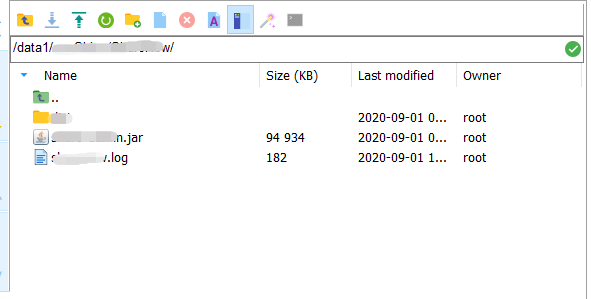
启动包,将替换为自己的名称
nohup java -jar xxxxx.jar >./xxxxxx.log 2>&1 &服务器B中的配置,监听端口号就是刚刚我们开启的,是我们后端项目启动的端口.这里我们采用nginx统一处理跨域问题
大家在使用时候,需要将端口号: 都修改为自己项目的配置
server {
listen 8081;
server_name localhost;
#charset koi8-r;
#access_log logs/access.log main;
location /api {
if ($request_method = 'OPTIONS') {
add_header 'Access-Control-Allow-Origin' '$http_origin';
add_header 'Access-Control-Allow-Credentials' 'true';
add_header 'Access-Control-Allow-Methods' 'GET, POST, PUT, DELETE, OPTIONS';
add_header 'Access-Control-Allow-Headers' 'DNT,X-CustomHeader,Keep-Alive,User-Age
nt,X-Requested-With,If-Modified-Since,Cache-Control,Content-Type,token';
add_header 'Access-Control-Max-Age' 1728000;
add_header 'Content-Type' 'text/plain charset=UTF-8';
add_header 'Content-Length' 0;
return 204;
}
add_header 'Access-Control-Allow-Origin' '$http_origin';
add_header 'Access-Control-Allow-Credentials' 'true';
add_header 'Access-Control-Allow-Methods' 'GET, POST, PUT, DELETE, OPTIONS';
add_header 'Access-Control-Allow-Headers' 'DNT,X-CustomHeader,Keep-Alive,User-Agent,X
-Requested-With,If-Modified-Since,Cache-Control,Content-Type,token';
proxy_pass http://localhost:9888;
client_max_body_size 1024m;
proxy_set_header X-Real-IP $remote_addr;
proxy_set_header X-Forwarded-For $proxy_add_x_forwarded_for;
proxy_set_header Host $host;
proxy_redirect off;
}
}
四 跨域处理
在前后端分离项目中,跨域问题是必须要解决的,在刚刚部署后端项目时候,我们已经在中配置了统一的跨域解决方案,接下来我们在了解一下这一块知识
4.1 什么是跨域
出于浏览器的同源策略限制。同源策略()是一种约定,它是浏览器最核心也最基本的安全功能,如果缺少了同源策略,则浏览器的正常功能可能都会受到影响。可以说Web是构建在同源策略基础之上的,浏览器只是针对同源策略的一种实现。同源策略会阻止一个域的脚本和另外一个域的内容进行交互。所谓同源(即指在同一个域)就是两个页面具有相同的协议(),主机()和端口号()
当一个请求的协议、域名、端口三者之间任意一个与当前页面不同即为跨域
| 当前页面url | 被请求页面url | 是否跨域 | 原因 |
| ------------------------- | ------------------------------- | ------------ | ------------------------------ |
| http://www.test.com/ | http://www.test.com/index.html | 否 | 同源(协议、域名、端口号相同) |
| http://www.test.com/ | https://www.test.com/index.html | 跨域 | 协议不同(http/https) |
| http://www.test.com/ | http://www.baidu.com/ | 跨域 | 主域名不同(test/baidu) |
| http://www.test.com/ | http://blog.test.com/ | 跨域 | 子域名不同(www/blog) |
| http://www.test.com:8080/ | http://www.test.com:7001/ | 跨域 | 端口号不同(8080/7001) |
4.2 跨域的解决方案
1 Java后端全局配置
@Configuration
public class GlobalCorsConfig {
@Bean
public CorsFilter corsFilter() {
CorsConfiguration config = new CorsConfiguration();
config.addAllowedOrigin("*");
config.setAllowCredentials(true);
config.addAllowedMethod("*");
config.addAllowedHeader("*");
config.addExposedHeader("*");
UrlBasedCorsConfigurationSource configSource = new UrlBasedCorsConfigurationSource();
configSource.registerCorsConfiguration("/**", config);
return new CorsFilter(configSource);
}
}@Configuration
public class MyConfiguration extends WebMvcConfigurerAdapter {
@Override
public void addCorsMappings(CorsRegistry registry) {
registry.addMapping("/**")
.allowCredentials(true)
.allowedHeaders("*")
.allowedOrigins("*")
.allowedMethods("*");
}
}方法加注解,代表所有域名都可访问
@RequestMapping("/tet")
@CrossOrigin(origins = "*",maxAge = 3600)
public String test( ){
return "本方法支持跨域请求!!!";
}2 vue-cli项目 webpack代理解决跨域问题,在vue.config.js文件中加入如下代码
// 生成代理配置对象,可配置多个代理地址
let proxyObj = {
'/test': {
target: "http://localhost:8080"
},
'/test2': {
target: "http://localhost:8081"
}
};
module.exports = {
baseUrl: '/',
outputDir: 'dist',
lintOnSave: false,
runtimeCompiler: true,
devServer: {
contentBase: "./",
port: 8080,
disableHostCheck: true,
proxy: proxyObj,
before: app => { }
}
}3 jQuery的ajax jsonp解决跨域问题
$.ajax({
type : "get",
async:false,
url : "http://localhost:8080/test",
dataType : "jsonp",//数据类型为jsonp
jsonp: "jsonpCallback",//服务端返回回调方法名
success : function(data){
alert(JSON.stringify(data));
},
error:function(){
alert('请求错误!');
}
}); 4 nginx全局处理
最后一种就是我们本次采用的nginx配置方式,
location /api {
if ($request_method = 'OPTIONS') {
add_header 'Access-Control-Allow-Origin' '$http_origin';
add_header 'Access-Control-Allow-Credentials' 'true';
add_header 'Access-Control-Allow-Methods' 'GET, POST, PUT, DELETE, OPTIONS';
add_header 'Access-Control-Allow-Headers' 'DNT,X-CustomHeader,Keep-Alive,User-Age
nt,X-Requested-With,If-Modified-Since,Cache-Control,Content-Type,token';
add_header 'Access-Control-Max-Age' 1728000;
add_header 'Content-Type' 'text/plain charset=UTF-8';
add_header 'Content-Length' 0;
return 204;
}
add_header 'Access-Control-Allow-Origin' '$http_origin';
add_header 'Access-Control-Allow-Credentials' 'true';
add_header 'Access-Control-Allow-Methods' 'GET, POST, PUT, DELETE, OPTIONS';
add_header 'Access-Control-Allow-Headers' 'DNT,X-CustomHeader,Keep-Alive,User-Agent,X
-Requested-With,If-Modified-Since,Cache-Control,Content-Type,token';
proxy_pass http://localhost:9888;
client_max_body_size 1024m;
proxy_set_header X-Real-IP $remote_addr;
proxy_set_header X-Forwarded-For $proxy_add_x_forwarded_for;
proxy_set_header Host $host;
proxy_redirect off;
}四 访问项目
现在我们访问前端项目,使用地址,发现报了如下错误
Access to XMLHttpRequest at 'http://ip地址:8081/api/login' from origin 'http://ip地址:8081' has been blocked by CORS policy: Request header field tenant_code is not allowed by Access-Control-Allow-Headers in preflight response.可以看出使我们前端项目访问后端项目,请求头中的不被允许,所以我们需要在服务器B中的中添加允许此请求头
add_header 'Access-Control-Allow-Headers' 'DNT,X-CustomHeader,Keep-Alive,User-Agent,X-Requested-With,If-Modified-Since,Cache-Control,Content-Type,token,tenant_code';配置完以后,重启,进行重新访问,发现报了如下错误
The 'Access-Control-Allow-Origin' header contains multiple values 'http://ip地址:8081, http://ip地址:8081', but only one is allowed.app.07bc0251.js:1 Error: Network Error可以看出使我们配置了两次跨域处理,既然我们通过统一处理跨域问题,于是我们需要注释掉后端代码中的配置
@Configuration
public class WebMvcConfig implements WebMvcConfigurer {
@Override
public void addCorsMappings(CorsRegistry registry) {
registry.addMapping("/**")
.allowedOrigins("*")
.allowCredentials(true)
.allowedMethods("GET", "POST", "PUT", "DELETE", "OPTIONS")
.maxAge(3600);
}
}重新部署项目以后,我们再次访问,发现正常了

到这里,文章就结束了,谢谢大家阅读